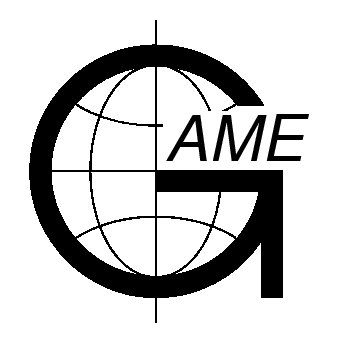Abstracts for the 5th International GAME Conf.

3-5 October 2001
Aichi Trade Center
Nagoya Japan
Time-Scale Structure of the Heat/Vapor Flux over the Tibetan Plateau revealed by
Asanuma, Jun (1), Sachiko, Aoki (2), Hayakawa, Norio (3), Kim, Joon (4), Taejun, Choi (4), Wang, Jiemin (6), Gao, Zhiqiu (7)
(1) Terrestrial Environemt Research Center, Tsukuba Univ.
(2) Kozo Keikaku Eng. Inc.
(3) Civil and Env. Eng., Nagaoka University of Technology
(4) Yonsei Univ.
(6) Chinese Academy of Science
(7) Chinese Academy of Meteorological Science
Turbulence measurements were made in the flat sparse grassland near
Naqu city (31.22N, 91.54E, 4500m ASL ) over the
central Tibetan Plateau during the summer of 1998. This field
measurements is a cooperative work between Korean, Chinese and
Japanese scientists as a part of the field campaigns during Intensive
Observation Period of GAME (GEWEX Asian Monsoon Experiment), one of
whose main purposes is to improve our understanding on the role of the
Asian monsoon in the global energy and water cycle. Out of the
acquired data, 9 daytime runs with the length of about 7 hours, were
applied to an orthogonal wavelet transform to identify the scales
relevant to the transfer of the sensible/latent heat and momentum
between the landsurface and the atmosphere. Wavelet variances of the
wind velocity components, temperature and specific humidity as well as
wavelet covariances for sensible/latent heat flux and momentum flux,
which are wavelet counterparts of the Fourier spectrum and cospectrum
respectively, were constructed from the wavelet decomposition, and
clearly show a so-called ``spectrum gap'' at the scale between 1 and
few hours. However, it is also found that there is a significant
portion of the sensible heat transfer, either positive or negative, at
a scale larger than that with this spectrum gap, while the latent
transfer is negligible at these larger scales. An inverse wavelet
transfer of the larger scale components indicates that this sensible
heat transfer at the scale larger than few hours is associated with a
diurnal variation of the temperature. These results suggest that
mesoscale phenomena, such as mountain and valley winds, can transfer a
quite amount of the sensible heat and that this heat transfer cannot
be captured by the flux measurements with the eddy correlation
technique when its averaging time is less than or equal to 1 hour.
Submittal Information
| Name : | Date : |
| |
| Organization : | Theme : |
Terrestrial Environment Research Center, Tsukuba Univ. | |
| Address : | Presentation : |
Tennodai 1-1-1, Tsukuba, Ibaraki 305-8577 | |
| Country : | Abstract ID : |
| |
| Phone : | Fax : |
| |
| E-mail : | |
asanuma@erc2.suiri.tsukuba.ac.jp | |

